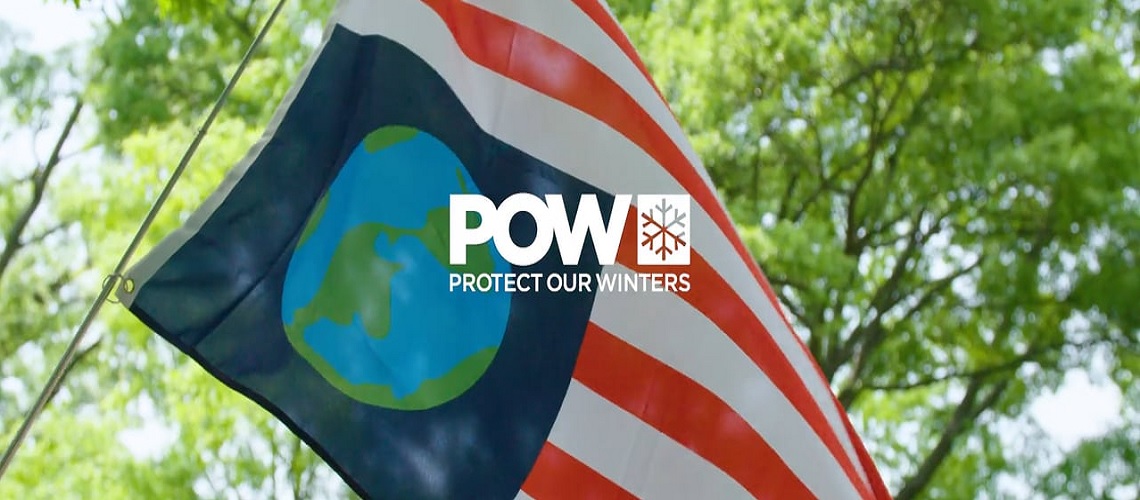Protect Our Winters: 2018 Economic Report

PWO's analysis updates the 2012 study and furthers our understanding of how warming temperatures have impacted the industry since 2001, what the economic value of the industry is today (2015-2016) and what changes we can expect in the future under high and low emissions scenarios.
Taking another look at the changing winter sports tourism sector in America, they find:
- In the winter season of 2015–2016, more than 20 million people participated in downhill skiing, snowboarding, and snowmobiling, with a total of 52.8 million skiing and snowboarding days, and 11.6 million snowmobiling days.
- These snowboarders, skiers and snowmobilers added an estimated $20.3 billion in economic value to the U.S. economy, through spending at ski resorts, hotels, restaurants, bars, grocery stores, and gas stations.
- They identify a strong positive relationship between skier visits and snow cover and/or snow water equivalent. During high snow years, our analysis shows increased participation levels in snow sports result in more jobs and added economic value. In low snow years, participation drops, resulting in lost jobs and reduced revenue. The effects of low snow years impact the economy more dramatically than those of high snow years.
- While skier visits averaged 55.4 million nationally between 2001 and 2016, skier visits during the five highest snow years were 3.8 million higher than the 2001-2016 average and skier visits were 5.5 million lower than average during the five lowest snow years.
- Low snow years have negative impacts on the economy. They found that the increased skier participation levels in high snow years meant an extra $692.9 million in value added and 11,800 extra jobs compared to the 2001–2016 average. In low snow years, reduced participation decreased value added by over $1 billion and cost 17,400 jobs compared to an average season.
- Climate change could impact consumer surplus associated with winter recreation, reducing ski visits and per day value perceived by skiers.
- Ski Resorts are improving their sustainability practices and their own emissions while also finding innovative ways to address low-snowfall and adapt their business models.
The winter sports economy is important for the vitality of U.S. mountain communities. This report shows the urgency for the US to deploy solutions to reduce emissions and presents a roadmap for the winter sports industry to take a leading role in advocating for solutions.













